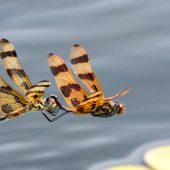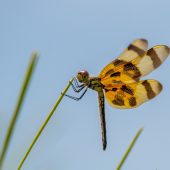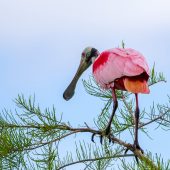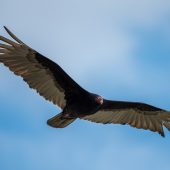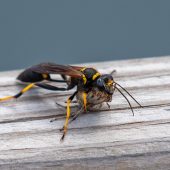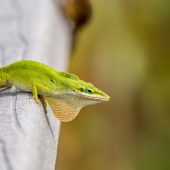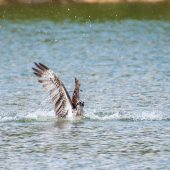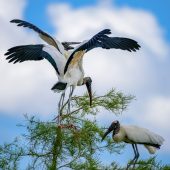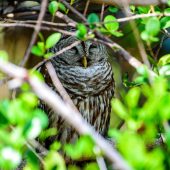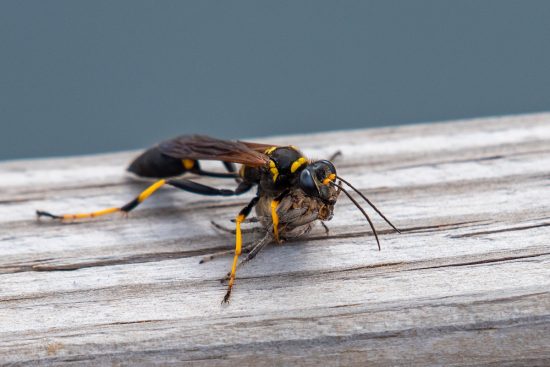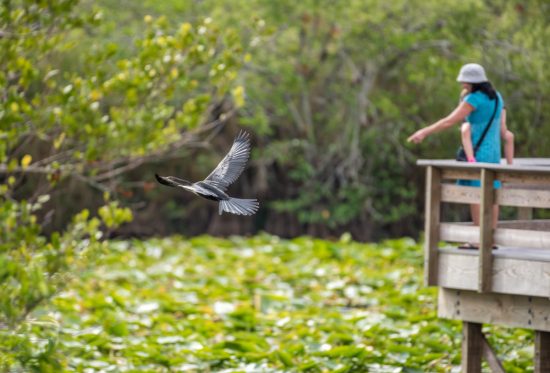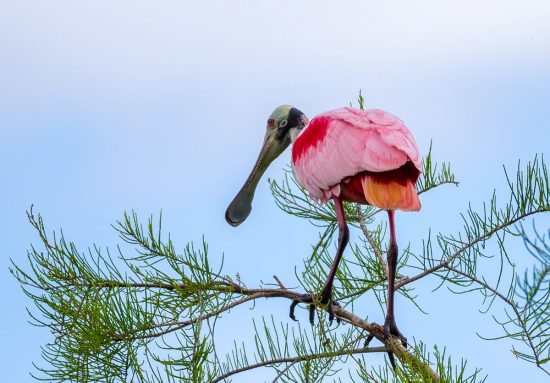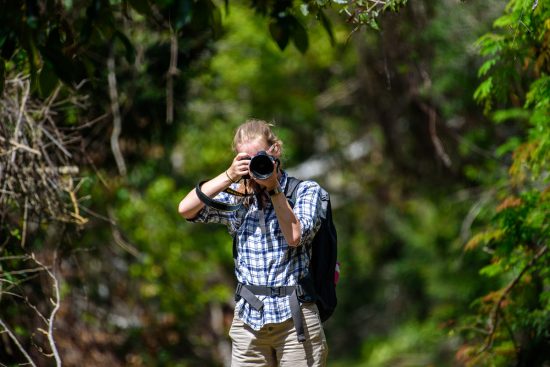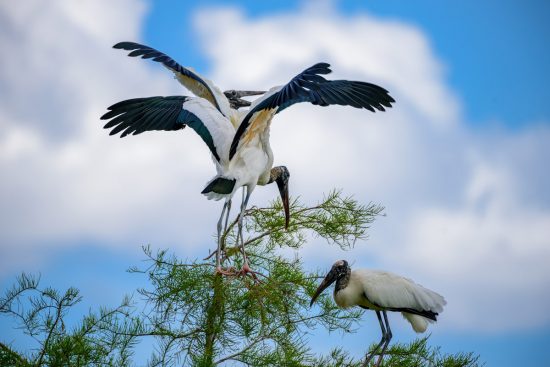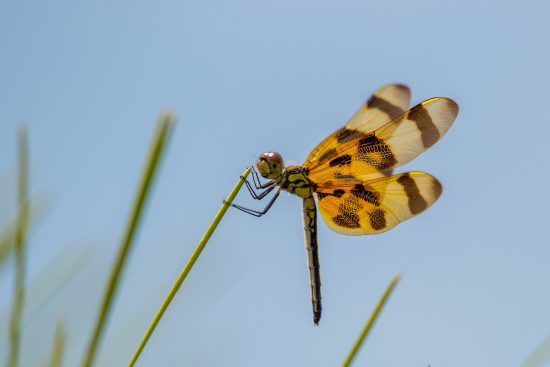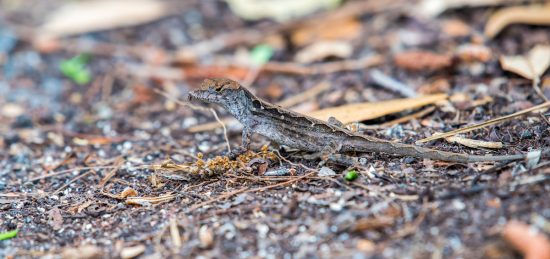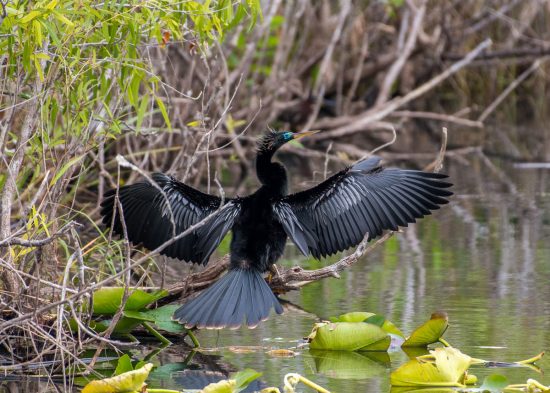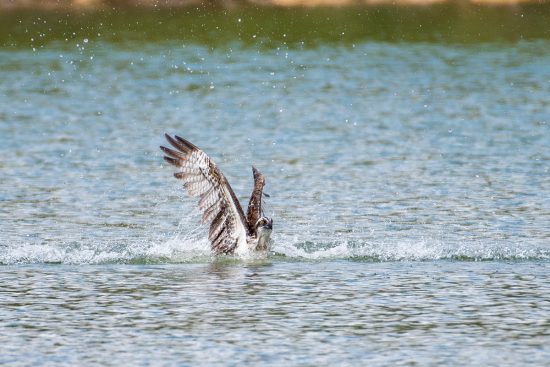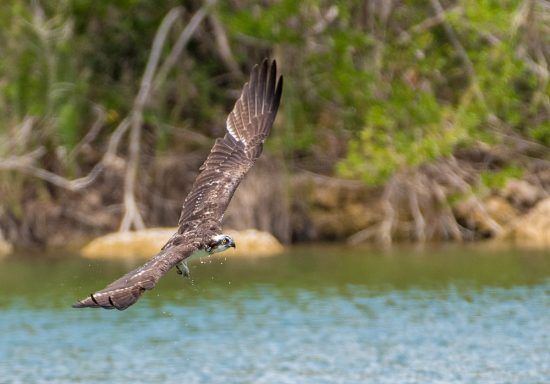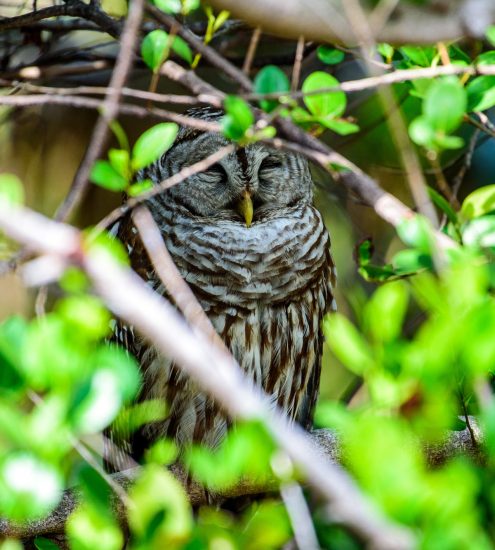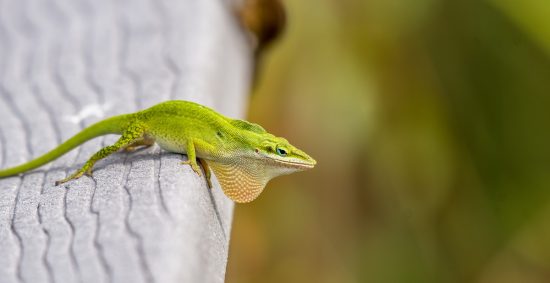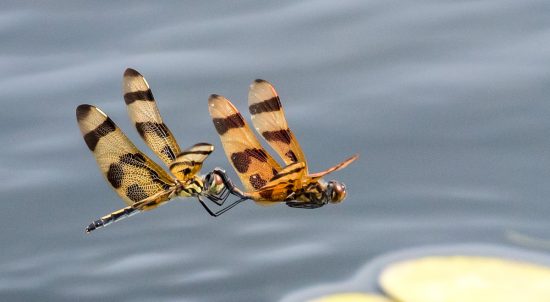Wildlife photography for non-professionals by Jørn and Tora (Facebook | Website | Instagram):
Wildlife photography for non-professionals
Some of the wildlife photos I have seen posted on this website are truly amazing. It’s the kind of things that make you want that new shiny gear even more. But let’s be realistic for a second. Although we are all interested in the new mirrorless models, the D850 and 200-400mm f4, most enthusiast photography readers probably don’t have a budget to support this. Even if that gear magically showed up on the doorstep one day it takes an incredible amount of time to get those stunning shots, both in pure technical practice and patience waiting for that special moment. Furthermore, most of us don’t have a wildlife sanctuary in our backyards. And if you’ve ever traveled with photography gear you know what a pain it is as soon as you start bringing more than a single DSLR and lens onto an airplane.
Taking all this into consideration, what is actually realistic to expect from an enthusiast photographer on a budget? Earlier this year I was traveling with my soon-to-be wife on a cruise in the Caribbean and had a day and a half to spare before going on the flight back home. We had to pack all the usual vacation stuff, so there wasn’t much space to spare. I still wanted to take some photos and managed to squeeze my Nikon D750 and 200-500mm f5.6 into the carry-on. Every single photo you see below, from birds in flight to macro shots of wasps were shot handheld with this gear.
The 200-500mm was probably not made with macro-abilities in mind, but I was very glad I had the ability to stand back with 500mm rather than poking the wasp with a close-up macro lens.
Although this is not the cheapest gear out there I bought it used as it was the only way to fit my budget. It cost me less than 2800 USD including a battery grip and some spare batteries. This was bought in Norway as well, where prices are higher than in the US. I’d recon that today it would be possible to acquire the same gear for less than 2000 USD if you are willing to spend a fair amount of time scanning the mighty interwebs for used deals. For wildlife-specific gear, you can also go for an APS-C body and save more money and gain some reach at the same time.
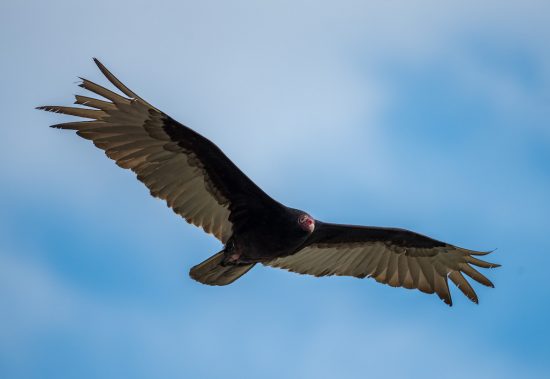
Staying in Miami we decided to spend the time in Everglades National Park. As we only had a day and a half and wanted to experience the variety of wildlife and scenery we basically drove around like any other tourists. There was no time to sit for hours watching certain animals waiting for the right light or rare behavior. As far as a D750 and 200-500mm can be used as “point and shoot”, this was it. That may sound silly, but for most of us this is the only option. I can’t take three weeks off work to fly halfway around the world with insanely expensive gear to trek through secluded habitats for that one amazing shot, nor can most other people.
No need to travel far, in Everglades the wildlife is flying right by you.
This spoonbill showed up right next to the road.
Due to this, the photos in this article won’t be in perfect focus. They will sometimes have a heavy crop and be far from the most challenging scenarios. My Lightroom skills definitively have room for improvement and my camera settings are far from perfect. But I got the shot and am still able to spend time with my fiancé while traveling rather than spending all the time hiding in a camouflage tent being focused on not talking and keeping still.
This is what a very patient fiancé looks like. Oh, and an IR-modified Nikon D70s as well, that thing is fun!
The first (half) day we went to Shark Valley Visitor Center. It’s a long walk if you want to walk the whole trail and is best seen by bicycle. However, there is a reason why wildlife photographers are not commonly seen on bikes so we decided to walk parts of the trail by foot. Due to hurricane Irma some of the minor side-trails were still closed, but we walked a mile or so down the main path. The wildlife seemed very used to humans and allowed us to get quite close up photos.
I expected wildlife to be used to people, but posing for the camera was unexpected…
The Nikon 200-500mm f5.6 is the best combination of image quality, technical abilities, price and versatility I have tried so far. It is light enough to carry around without a tripod all day, yet good enough to get high-quality images. It easily fits in my carry-on and with a 2.2-meter minimum focus distance it works surprisingly well for a close-up of small wildlife. This is definitively not what it was made for, but when you only have one camera body and don’t want to switch lenses all the time it gets the job done.
To make some complaints I would prefer a faster initial autofocus lock. It can be a bit slow, but once it locks focus in AF-C it keeps track very well. The zoom ring is also slow and requires a few turns to go all the way from 200 to 500 mm. I am also quite fond of the Sigma 150-600mm (used to own one, which now unfortunately “belongs” to a South African drug dealer), which is a bit cheaper alternative with many of the same properties.
Not exactly a rare species, but nonetheless a fun subject to photograph.
Everglades is a great place to photograph wildlife. There is such an abundance of critters here and as most of them are used to humans they don’t run away quickly.
Some luck is also involved, like anything else. My fiancé and I decided to drive to a small lake and happened to see an osprey. After watching it for some minutes it dived into the lake. Unfortunately it didn’t catch anything, but I managed to snap a few photos as it came out of the water. It was hard to acquire focus fast enough and get close, but hey, this is tourist gone 500mm, don’t expect perfect photos!
The osprey went in for a dive…
…and returned with nothing.
An owl was also hiding in the trees. As it was sitting still for a really long time I was able to slowly push my shutter speed lower and lower to get a clean photo.
I would also like to point out that the 200-500mm fits well within most backpacks and can therefore be carried most places. Although not in the Everglades I managed to capture photos a few days later of a parrot in Puerto Rico and a mongoose on the top of an old volcano in Saint Kitts. Maybe the nifty fifty is lacking a zero?
It took a shutter speed of 1/4000 to freeze the dragonflies in the air.
And yes, that was an entire post about Everglades without a single alligator.
Jørn and Tora (Facebook | Website | Instagram) are writing a small travel blog in their spare time and enjoy trying to squeeze in time for travel around a typical 9 to 5 job
If you have an interesting idea for a guest post, you can contact me here.
